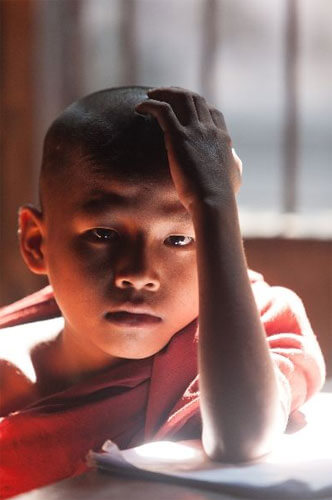Vassi Koutsaftis has explored the globe for over 30 years, specializing in travel photography – of the extreme kind, especially in the mountainous regions of Himalayan, the Karakoram, Hindu Kush and other very remote areas of Asia. Born in 1952 in Athens, Greece and crossed the world’s oceans working on cruise ships and freighters. That was just the beginning for he continued to examine our planet traveling to remote areas on his own, then from the air, when he went on to study aeronautics and became a pilot in the U.S. He leads treks and exploratory tours in Afghanistan, Mongolia, Tibet, Nepal, Pakistan, Iran, Bhutan, Burma, Turkey and India, and he contributes essential research to unusual and remote itineraries for Geographic Expeditions one of the best and most respected expedition companies in the US.
Vassi’s photographs have been published in a number of magazines including Geo (European edition), Photografos, USA Today, Asia Week, National Geographic Traveler, and Marin Magazine. He serves as Conde Nast’s Tibet expert and is well known for his compelling images of the Dalai Lama. His photographic and travel expertise has been instrumental in scouting for films including productions by CBS, PDI and Dreamworks and a number of independent filmmakers. Vassi’s work is included in the collections of U.C. Berkeley’s Blum Center, Steve Wynn Casinos, Stanford University’s Center for Buddhist Studies. Vassi has exhibited his work widely in a number of galleries in the United States and Overseas including The Hellenic American Union in Athens, Greece and enjoys giving presentations of his photographs while sharing stories of extensive travels around the world.
